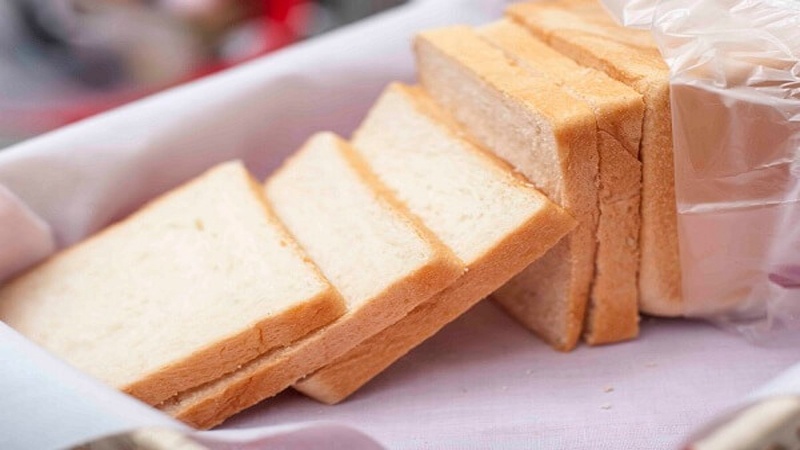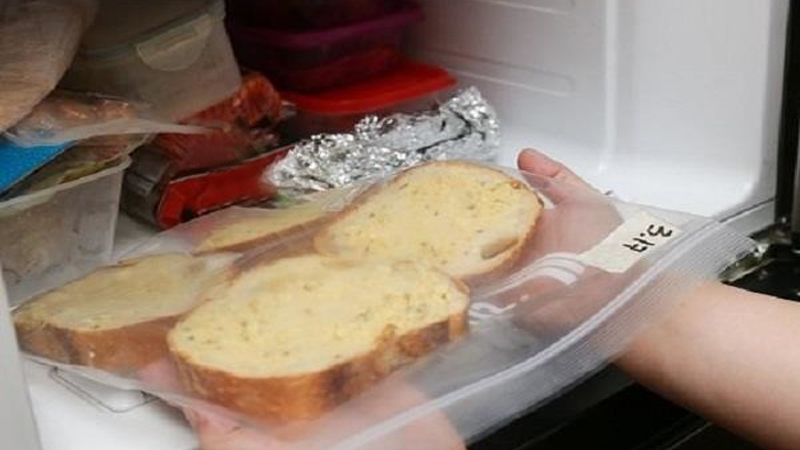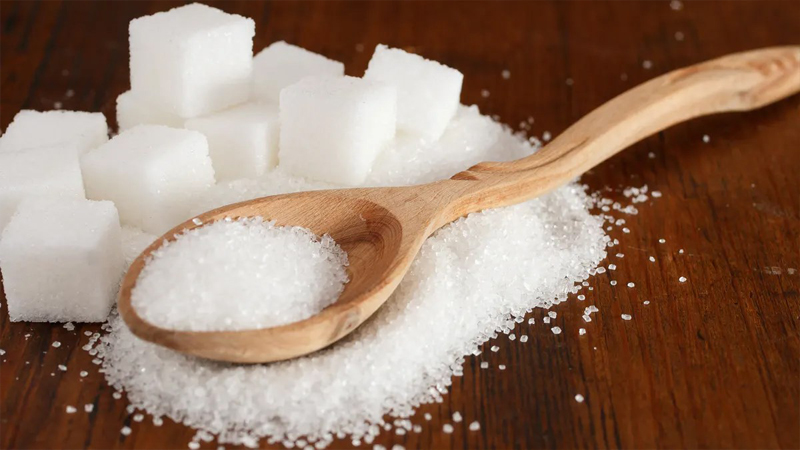Sandwich bread is a favorite of many, and it’s essential to enjoy it fresh to savor its delicious taste. However, without proper storage methods, sandwich bread can quickly become moldy and spoil. Discover the best ways to keep your sandwich bread soft and tasty for longer with our helpful guide below.
1. How Long Can Sandwich Bread Last?
 How long does sandwich bread last?
How long does sandwich bread last?
Like other types of bread, sandwich bread is typically made from flour, water, yeast, and other ingredients. As a result, it remains fresh for only a short period and is usually consumed on the same day it’s purchased. The shelf life of sandwich bread depends on the type of bread, its quality, and how it’s stored.
Generally, pre-packaged sandwich bread from stores contains preservatives such as calcium propionate, sodium benzoate, potassium sorbate, and sorbic acid, which help prevent mold and extend the shelf life up to 7 days. However, homemade sandwich bread without preservatives will only last 3-4 days at room temperature.
2. How to Store Sandwich Bread for a Longer Shelf Life
To extend the freshness of your sandwich bread, consider the following storage methods:
Freeze It
 Freeze sandwich bread to extend its shelf life.
Freeze sandwich bread to extend its shelf life.
Freezing is an effective way to preserve store-bought or homemade sandwich bread for up to 6 months. To do this, place the bread in a freezer bag or airtight container, ensuring it’s well sealed to prevent air exposure. If the bread is too long or large, cut it into smaller portions to fit comfortably in the bag or container. This method helps inhibit bacterial growth.
Then, store the bread in the freezer, not the refrigerator, as the colder temperature will keep it from drying out and prolong its freshness. When you’re ready to eat, thaw the bread completely and reheat it in the oven to enjoy a freshly baked taste.
Use Celery
 Keep sandwich bread fresh with celery.
Keep sandwich bread fresh with celery.
Celery is a surprising yet effective way to extend the life of your sandwich bread. Simply wash and thoroughly dry some celery stalks and place them in the bag with your bread.
Note: Ensure the celery is completely dry before placing it in the bag to avoid introducing moisture that could lead to mold.
This trick can help maintain the freshness of your bread for at least one additional day. You can also use this method to preserve dark bread.
Potatoes or Apples to the Rescue
 Potatoes and apples can help keep your sandwich bread fresh.
Potatoes and apples can help keep your sandwich bread fresh.
Like celery, potatoes and apples are natural humidity absorbers. Place your sandwich bread in a bag, along with a few slices of potato or apple, and seal the bag tightly. This method will help maintain the bread’s softness and freshness for an extra day or two.
Note: Blot the potatoes or apples dry before placing them in the bag to prevent moisture from affecting the bread.
Wrap It in Newspaper
 Keep sandwich bread crispy with newspaper.
Keep sandwich bread crispy with newspaper.
To maintain the crispness of your sandwich bread, wrap it in a layer of newspaper and keep it at room temperature. However, this method will only keep the bread fresh for a day.
Sugar, the Unlikely Preservative
 Sugar can help preserve sandwich bread.
Sugar can help preserve sandwich bread.
Sugar is another surprising ally in the battle against stale bread. Simply place a small piece of sugar in the bread bag or ziplock bag and seal it tightly. Then, store the bag in a cool, dry place.
Signs That Your Bread Has Gone Bad
Mold: According to the United States Department of Agriculture (USDA), if you spot strange spots, which could be black, green, white, or pink, on the surface of your bread, it’s best to discard the entire loaf. These spots indicate mold growth, which has already consumed the bread’s nutrients.
Unusual Smell: Mold on bread typically produces mycotoxins, which are harmful to your health. Avoid inhaling these spores, and if you see any signs of mold, discard the bread immediately.
Strange Taste: If your sandwich bread has gone bad or expired, it will lose its delicious flavor and may develop a sour taste. In this case, it’s best to throw it out.
Hard Texture: Improper storage can lead to dry and hard bread. As long as there are no signs of mold, strange smells, or unusual tastes, you can still consume the bread.
We hope these tips help you extend the life of your sandwich bread. For more culinary adventures, check out our other articles and impress your family with your newfound skills!
































